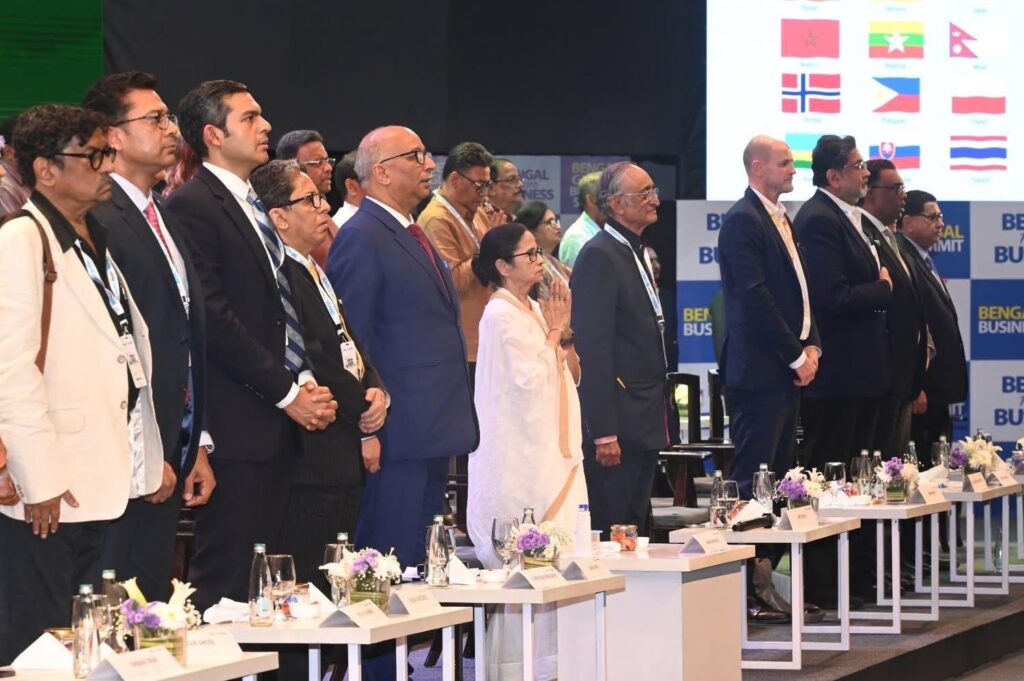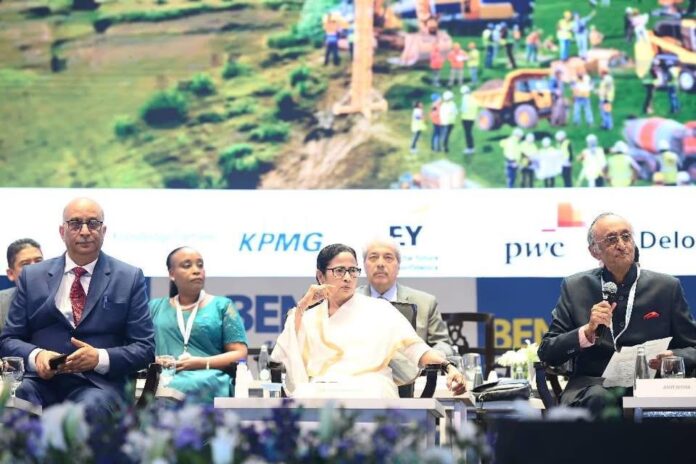
R.C.Ganjoo
The evolving trade dynamics between India and Afghanistan since the Taliban’s return to power in August 2021 reflect a significant transformation in economic engagements between the two nations. India’s once-favorable trade surplus with Afghanistan has been replaced by an unusual trade deficit, as exports to Afghanistan have plummeted to a 16-year low while imports have surged to an unprecedented $642.29 million in 2023-24. This shift, revealed by Ministry of Commerce data, demands a closer examination of its causes, implications, and the future of Indo-Afghan trade relations.
The transformation in trade volume and structure is occurring at a time when New Delhi has initiated high-level diplomatic engagements with the Taliban, underscoring the changing geopolitical equations. Taliban Foreign Minister Amir Khan Muttaqi’s recent statement acknowledging India as a “significant regional and economic power” and expressing interest in strengthening economic ties marks a pragmatic shift in the Taliban’s approach. The meeting between India’s Foreign Secretary Vikram Misri and the Taliban leadership, with discussions centered on trade expansion and the strategic use of Iran’s Chabahar port, signals an evolving diplomatic and economic calculus.

The trade data indicates a sharp decline in India’s exports to Afghanistan since the Taliban takeover. In 2020-21, before the fall of the Ashraf Ghani government, India exported goods worth $825.78 million to Afghanistan, while imports stood at $509.49 million. However, post-Taliban takeover, exports plummeted to $554.47 million in 2021-22, followed by further reductions to $437.05 million in 2022-23 and finally to $355.45 million in 2023-24. Meanwhile, imports from Afghanistan have increased steadily from $509.49 million in 2020-21 to an all-time high of $642.29 million in 2023-24, except for a temporary dip in 2022-23 when imports fell to $452.81 million.
Economists and trade analysts attribute this shift to several interlinked factors. Senior trade analyst Rajiv Bhatia points out that India’s export decline is primarily due to the disruption of banking channels following the Taliban’s rise to power. The United States’ sanctions on Afghanistan’s financial system, coupled with international reluctance to formally recognize the Taliban regime, have impeded formal banking transactions, thereby limiting Afghan traders’ ability to pay for Indian goods. “Even when Afghan businesses want to buy from India, the lack of financial channels makes it difficult to facilitate payments, forcing them to look for alternative markets,” Bhatia explains.
Another critical factor behind the slump in Indian exports is the disruption of land routes through Pakistan. Before 2021, India exported essential goods, including pharmaceuticals, sugar, and textiles, to Afghanistan via the Wagah border, using Pakistan as a transit country. However, Islamabad’s increasingly restrictive policies on Indian goods transiting to Afghanistan have curtailed this route, pushing Afghan importers to rely on Iran’s Chabahar port and alternate suppliers, such as China and Turkey. Though India has invested significantly in the Chabahar port to bypass Pakistan’s influence over trade routes, the operational efficiency of this corridor is yet to match the seamless movement that the Wagah border once facilitated.

Conversely, the rise in India’s imports from Afghanistan presents an interesting economic paradox. Afghan exports to India, particularly agricultural commodities like dry fruits, asafoetida, and lapis lazuli, have witnessed an uptick, even as Indian exports suffer. Economist Usha Sunil attributes this phenomenon to the Taliban’s economic strategy, which prioritizes boosting Afghanistan’s exports while restricting unnecessary imports. “The Taliban have actively encouraged agricultural exports to sustain their economy, as foreign reserves remain frozen and international aid has dwindled. India, being a major market for Afghan agricultural products, has naturally seen a rise in imports,” she observes.
The data also suggests a pattern in India’s import trends from Afghanistan. While imports saw only a marginal increase in 2021-22 ($510.93 million from $509.49 million in 2020-21), the year 2022-23 recorded a temporary dip to $452.81 million. This decline, trade expert Ashok Puri notes, was due to disruptions in supply chains caused by internal instability in Afghanistan, including security challenges along key export routes. However, by 2023-24, Afghan exports to India rebounded to an all-time high of $642.29 million, likely due to stabilization in Taliban-controlled trade mechanisms and the increasing role of private Afghan traders in bypassing Western sanctions through informal trade channels.
The growing trade deficit raises pertinent questions about India’s economic leverage over Afghanistan. Historically, India enjoyed a trade surplus with Afghanistan, which allowed it a degree of influence in shaping economic policies favorable to Indian businesses. However, with Indian exports plummeting and imports rising, the economic dependency equation is shifting. Former Indian ambassador to Afghanistan, Gautam Mukhopadhaya, cautions that a trade imbalance favoring Afghanistan could reduce India’s bargaining power in political negotiations. “A widening trade deficit, coupled with Taliban’s evolving foreign policy, may lead Afghanistan to align more closely with China, Pakistan, and Iran, rather than with India,” he warns.

Additionally, the Taliban’s engagement with India remains fraught with political sensitivities. While the Taliban seeks economic cooperation, it has yet to make definitive commitments regarding India’s security concerns, particularly regarding cross-border terrorism. Senior journalist and geopolitical analyst Pramit Pal Chaudhuri emphasizes that any deepening of economic ties must be conditional on Afghanistan not becoming a haven for anti-India elements. “Trade cannot be seen in isolation from security concerns. New Delhi must ensure that economic engagement does not come at the cost of compromising on national security,” he asserts.
The role of Iran’s Chabahar port in mitigating trade barriers is another aspect requiring critical assessment. While India has championed Chabahar as an alternative trade route to bypass Pakistan, its full potential remains underutilized due to American sanctions on Iran and logistical inefficiencies. Some analysts believe that if India accelerates infrastructure development at Chabahar and integrates it more effectively with Afghanistan’s trade network, it could reclaim some of its lost export ground. However, as former diplomat T.C.A. Raghavan notes, “Chabahar can only be a viable solution if India ensures reliable shipping lines, smooth customs procedures, and greater investment in Afghan trade facilitation centers.”
Looking ahead, the future of Indo-Afghan trade will depend on multiple geopolitical and economic factors. The question of whether the Taliban will gain wider international recognition remains central to the restoration of banking channels and normalized trade flows. Moreover, Afghanistan’s increasing tilt towards China, which has aggressively expanded its economic footprint in the region, poses a strategic challenge for India. If New Delhi fails to recalibrate its trade strategy, it risks being sidelined in Afghanistan’s evolving economic landscape.

In conclusion, the shift in India-Afghanistan trade dynamics underscores the complexities of engaging with a regime that remains largely unrecognized by the international community. The sharp decline in Indian exports and the simultaneous rise in imports reflect both logistical challenges and strategic recalibrations in Afghan economic policies. While India has engaged in high-level diplomatic talks with the Taliban, the sustainability of trade relations will depend on a pragmatic approach that balances economic interests with security concerns. As Afghanistan navigates its post-conflict economy, India must adopt a more proactive trade strategy, leveraging both Chabahar and new diplomatic engagements, to prevent a further erosion of its economic influence in the region.


